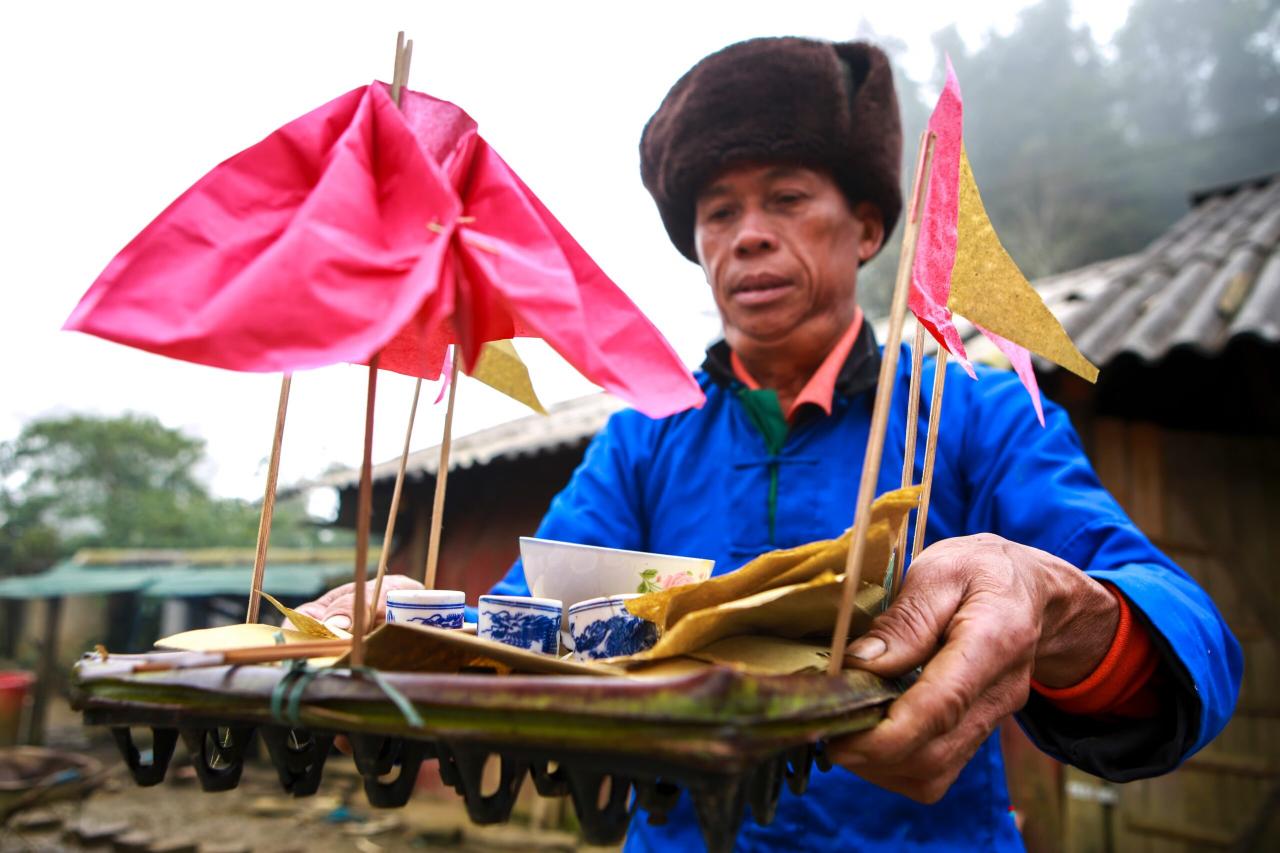
Ghost-expelling Ritual: A Sacred Tradition of the Phu La People
- on Jun 10, 2025 By: Phuong Mai NGUYEN
In the majestic mountains of northern Vietnam, where clouds caress the peaks, lives a discreet but fascinating ethnic community: the Phu La. Scattered across the provinces of Lao Cai, Yen Bai, Dien Bien, and Ha Giang, these 12,000 inhabitants have preserved centuries-old traditions steeped in spirituality. Among these, the annual ghost-expelling ritual stands out for its unique and spectacular character, a true testament to their deep connection with the sacred and nature.
A Ceremony Rooted in Spiritual Beliefs
The evil spirit expelling ritual and the ceremony honoring the forest spirit are among the most important celebrations for the Phu La. Each year, after consulting the stars, the village patriarchs and a shaman—a key figure in their society—determine an auspicious date for this ritual.
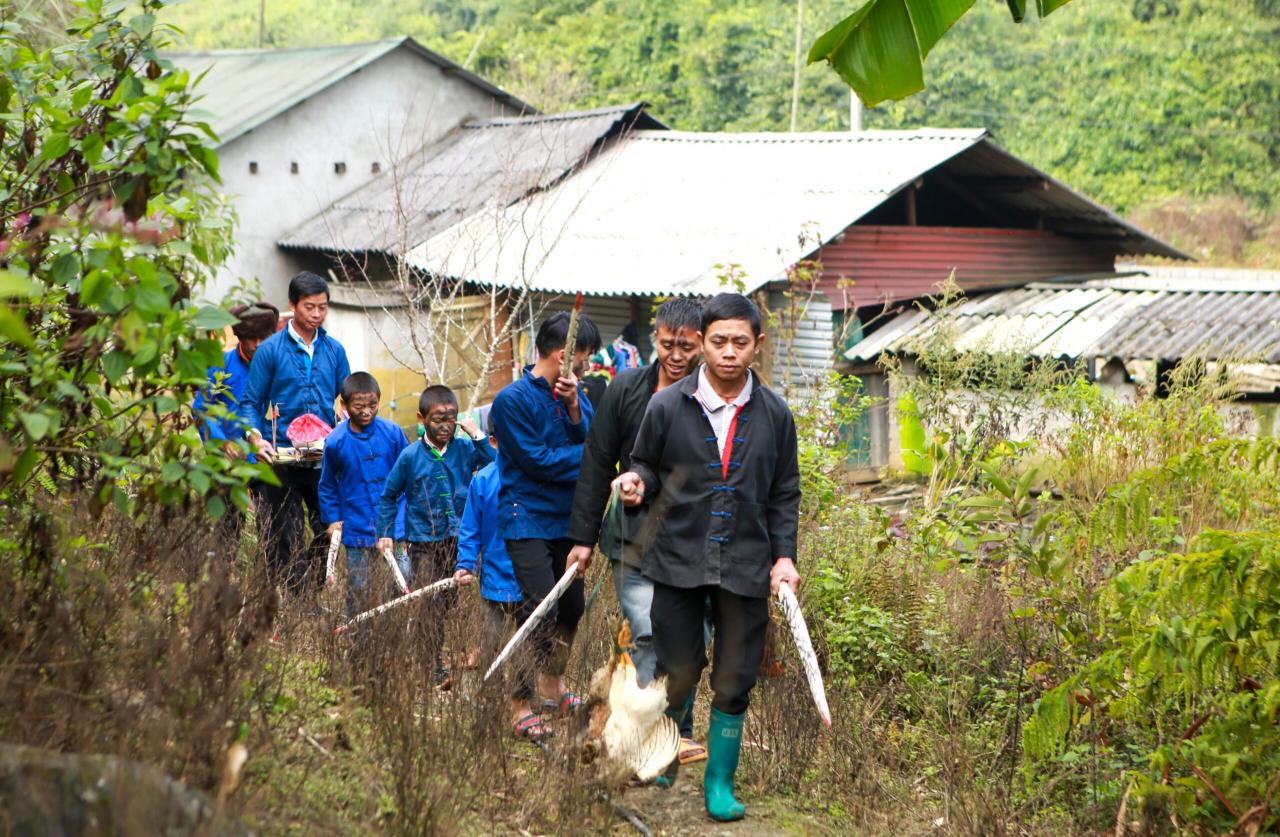
According to their beliefs, this day marks a critical time when malevolent spirits are likely to disturb the village's peace. A renowned shaman from Sa Pa explains that this ceremony is dedicated to deities and ancestors. Prayers are offered for the health, prosperity, and happiness of the villagers, as well as for the protection of animals and crops. It's a moment of communion between humans and the spiritual world.
Before participating in the communal ceremony, each family performs an individual ceremony dedicated to their ancestors. An offering tray is carefully prepared, including:
- A rooster, symbolizing vigor.
- A bowl of rice, representing abundance.
- A bottle of alcohol, to honor the spirits.

At the same time, wooden weapons (fake knives and rifles) are crafted by each household. These objects, though symbolic, play a central role in the ceremony. Families also decorate their homes by hanging a woven plaque adorned with fox-eye motifs above their doors, believed to block the entry of evil spirits.
The Communal Ritual: A Spectacle of Tradition and Fervor
When the long-awaited day arrives, villagers converge on an open space at the village entrance. The men carry essential offerings for the ritual, including a dog and two roosters (one with white feathers, the other with red), symbolizing the village's spiritual protectors.
A Purification Ritual at the Heart of the Village
The space is prepared for this extraordinary ceremony under the watchful eye of the shaman. The shaman arrives with two long reeds, which he ties together to form a broom—his magical tool designed to purify homes and repel malevolent spirits.
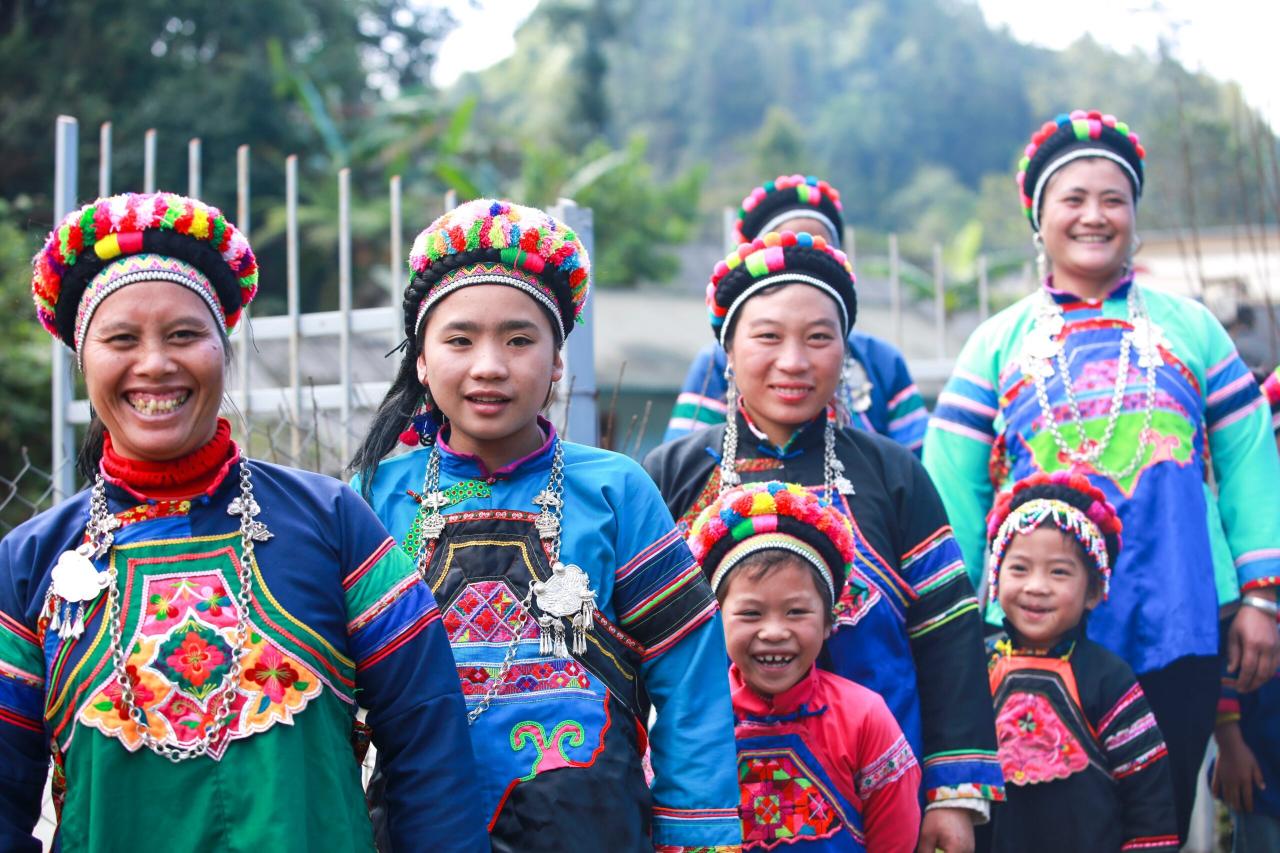
In a solemn atmosphere, the shaman, accompanied by the family heads, begins his tour of the houses. Before starting the purification, he addresses the ancestors of each household to ask for their protection and guidance. Then, using his reed broom, he performs a symbolic sweeping ritual, thus chasing away undesirable spirits. Meanwhile, family heads scatter corn kernels in the corners of the house to reinforce the ritual's effect.
As soon as the shaman leaves a house, the doors are immediately closed and remain shut until the end of the collective ceremony. This highly symbolic gesture aims to prevent the spirits from returning until the ritual's conclusion.
The Grand Evil Spirit Expelling: A Moment of Communion
Once all the houses are purified, the community gathers for the final hunt. In a collective surge, men, women, and children unite their voices and strength to repel malevolent spirits.
Among the Phu La of Ta Chai, the spirit hunt ritual remains simple, both in its offerings and its execution, but it gathers widespread participation from the entire community.
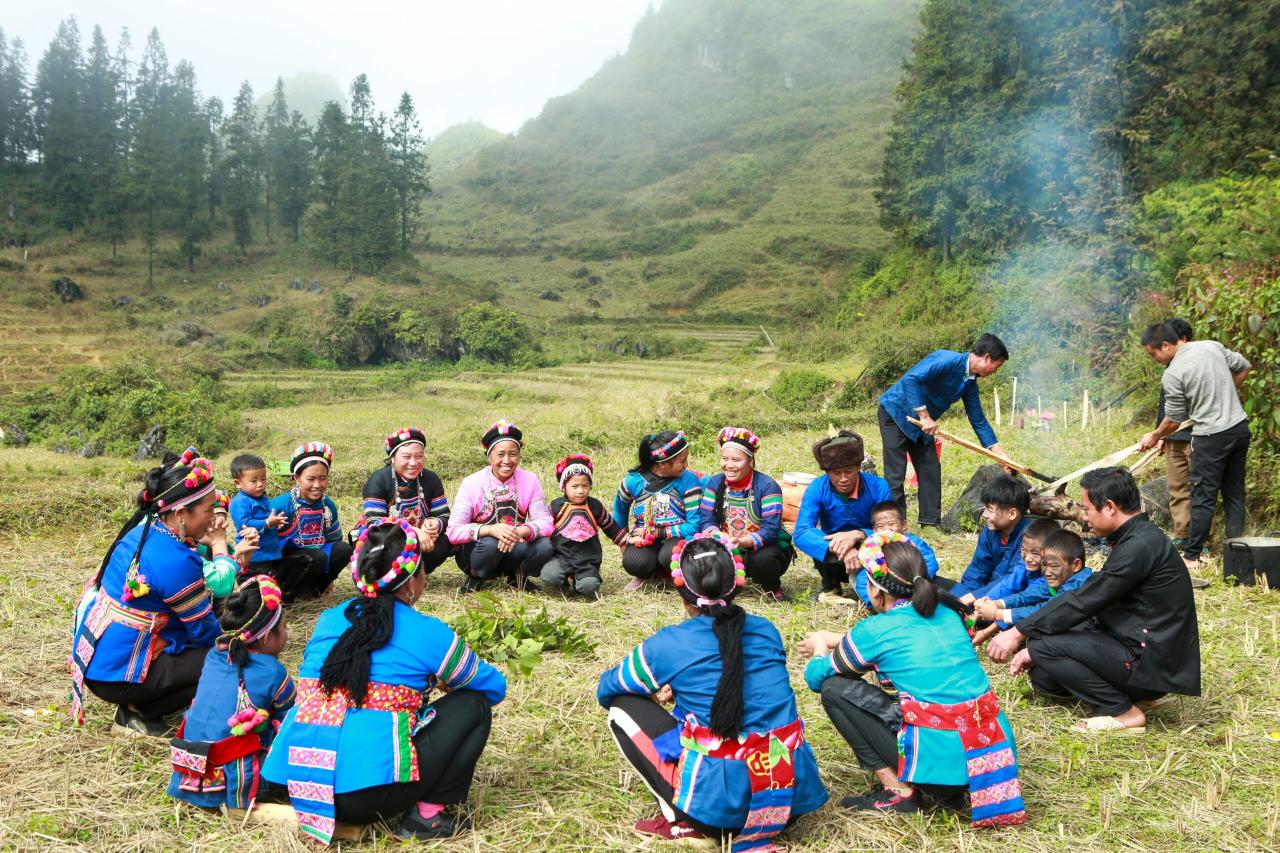
Armed with their wooden rifles and knives, they advance towards the village outskirts, letting out piercing cries and chanting traditional songs. At the forest's edge, the group plants the weapons in the ground, creating a symbolic barrier intended to prevent any return of evil spirits. This energetic and spiritual scene is the culmination of this day of rituals.
Days of Silence to Preserve Harmony
Once the ceremony is complete, the villagers observe three days of silence. During this period, it is forbidden to make loud noises, sing, or use any language other than their original dialect.
These restrictions aim to preserve the spiritual balance restored by the ritual. The evil spirit hunt ritual is far more than just a tradition for the Phù Lá. It reflects their worldview, their respect for invisible forces, and their continuous quest for harmony between humans and their environment.
A Precious Tradition, a Heritage to Discover
For travelers eager for cultural discoveries, a visit to the Phu La villages offers a unique opportunity to immerse yourself in a world rich in meaning and spirituality.
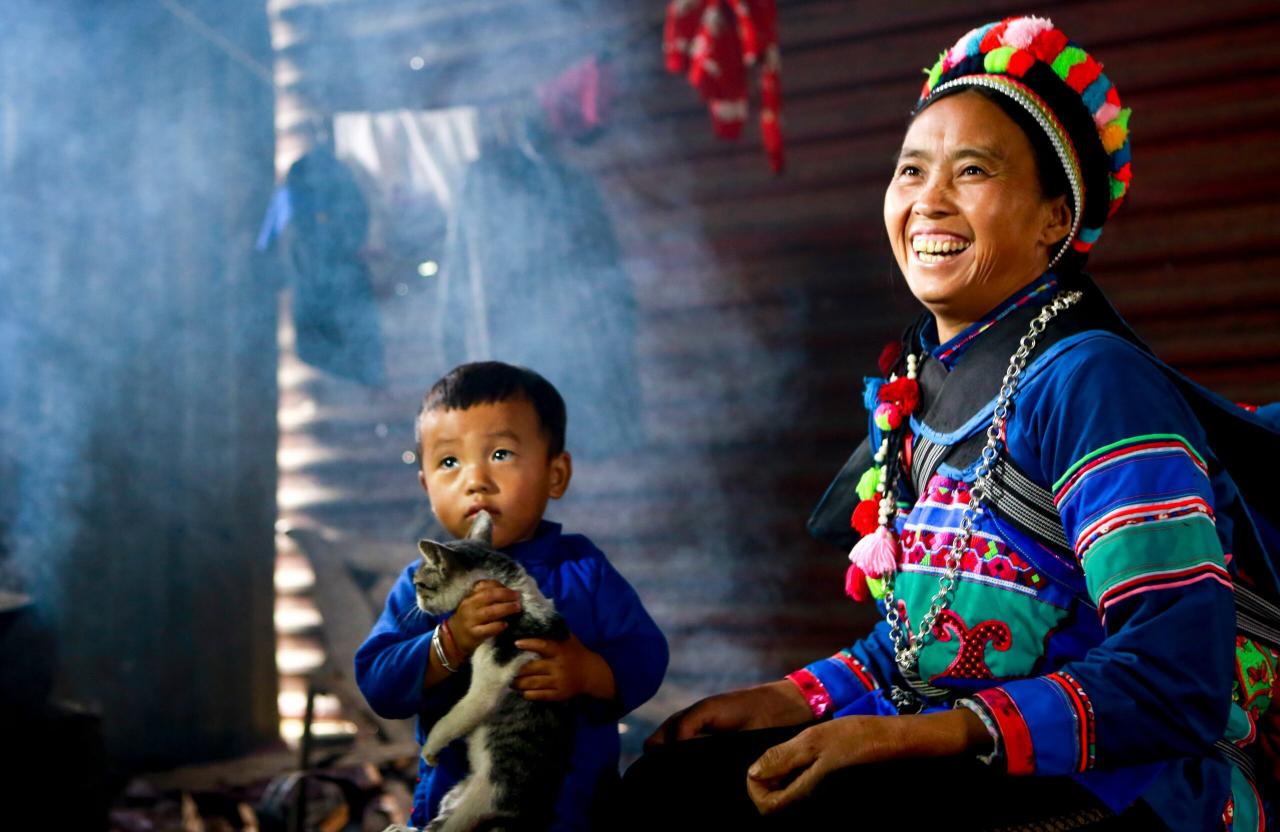
Between verdant mountains and ancestral customs, Northern Vietnam promises an authentic and unforgettable experience. Discover another face of Vietnam, where beliefs and traditions still give rhythm to daily life.
Have you ever witnessed or participated in a unique cultural ritual during your travels? Share your experiences in the comments below!
Related articles:
>> What to do in Sapa in 2 or 3 days?
>> Mu Cang Chai Vietnam: Complete Guide and Itinerary Idea for 2025
 Español
Español Français
Français







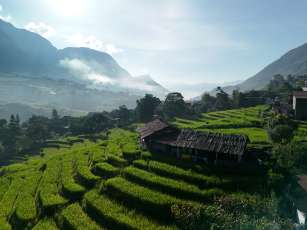


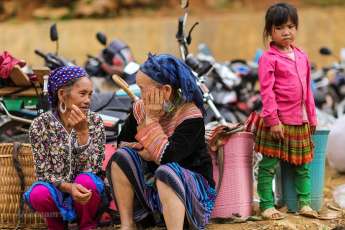
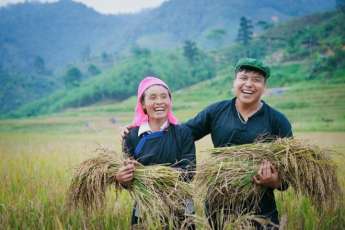
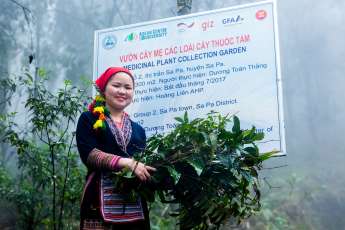







TraZefUK
on Nov 28, 2025HerbertPhomaMS
on Oct 19, 2025Lilyan Cuttler
on Oct 15, 2025Avenue17XC
on Sep 14, 2025Avenue18JL
on Jul 21, 2025